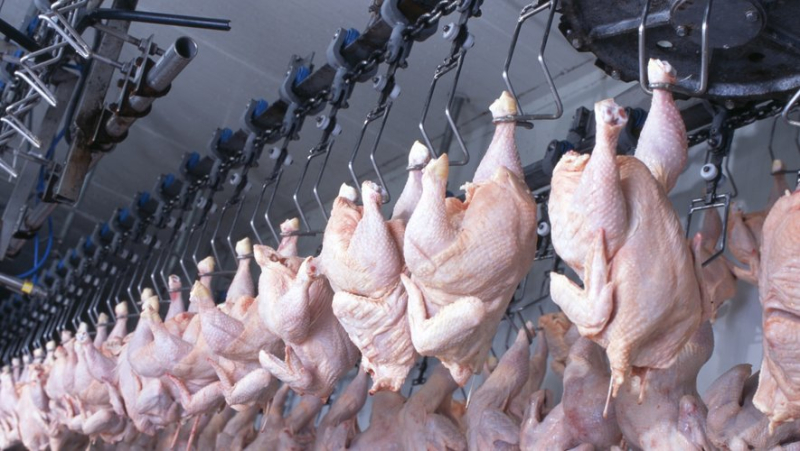Supercapacitors made from chicken fat to store renewable energy: discover this “original” and “astonishing” idea

To ensure the storage of renewable energies, a team of South Korean scientists had the original and surprising idea of recycling chicken fat. Ahmet Naim/Shutterstock
To ensure the storage of renewable energies, a team of South Korean scientists had the original and astonishing idea of recycling chicken fat to transform it into a supercapacitor.
According to the researchers, this method, in addition to being energy efficient, has the advantage of being profitable from a financial point of view.
Storage problem
The renewable energy market is booming. In 2023, global renewable energy capacity saw an unprecedented increase of almost 50% compared to the previous year, according to estimates from the International Energy Agency. ;#39;energy. But a major problem remains: the storage of these. Indeed, whether wind, solar or hydraulic, these so-called "green” require to be preserved by processes which may themselves prove to be energy-intensive. So it's the snake that bites its tail.
"Recent efforts to design high-performance storage devices have relied on carbon materials, such as graphene, due to the' ;efficiency of their charge transport and their natural abundance, but their manufacture is expensive and generates pollution and greenhouse gases", underline a press release which highlights the work of South Korean researchers from Yeungnam University.
An innovative solution
To remedy this problem, these scientists are working on an innovative solution: reusing chicken fat waste to transform it into electrically conductive nanostructures that can be used in supercapacitor energy storage devices.
These carbon nanostructures come from the soot contained inside poultry fat, explain the researchers, whose work is published in the journal ACS Applied Materials & Interfaces. They first used a gas flame gun to melt the chicken fat, then burned the melted oil, before collecting the soot at the bottom of a flask. The researchers then demonstrated that the new supercapacitor could be used in real time, by charging and connecting two of them to light up LED bulbs of different colors (red, green and blue).
"Given the ease with which new carbonaceous materials derived from biowaste oil (in this case from chicken fat), this can be seen as a potential benefit for commercial energy storage devices and could pave the way for production of inexpensive, industrially revolutionary energy storage devices", scientists conclude.




